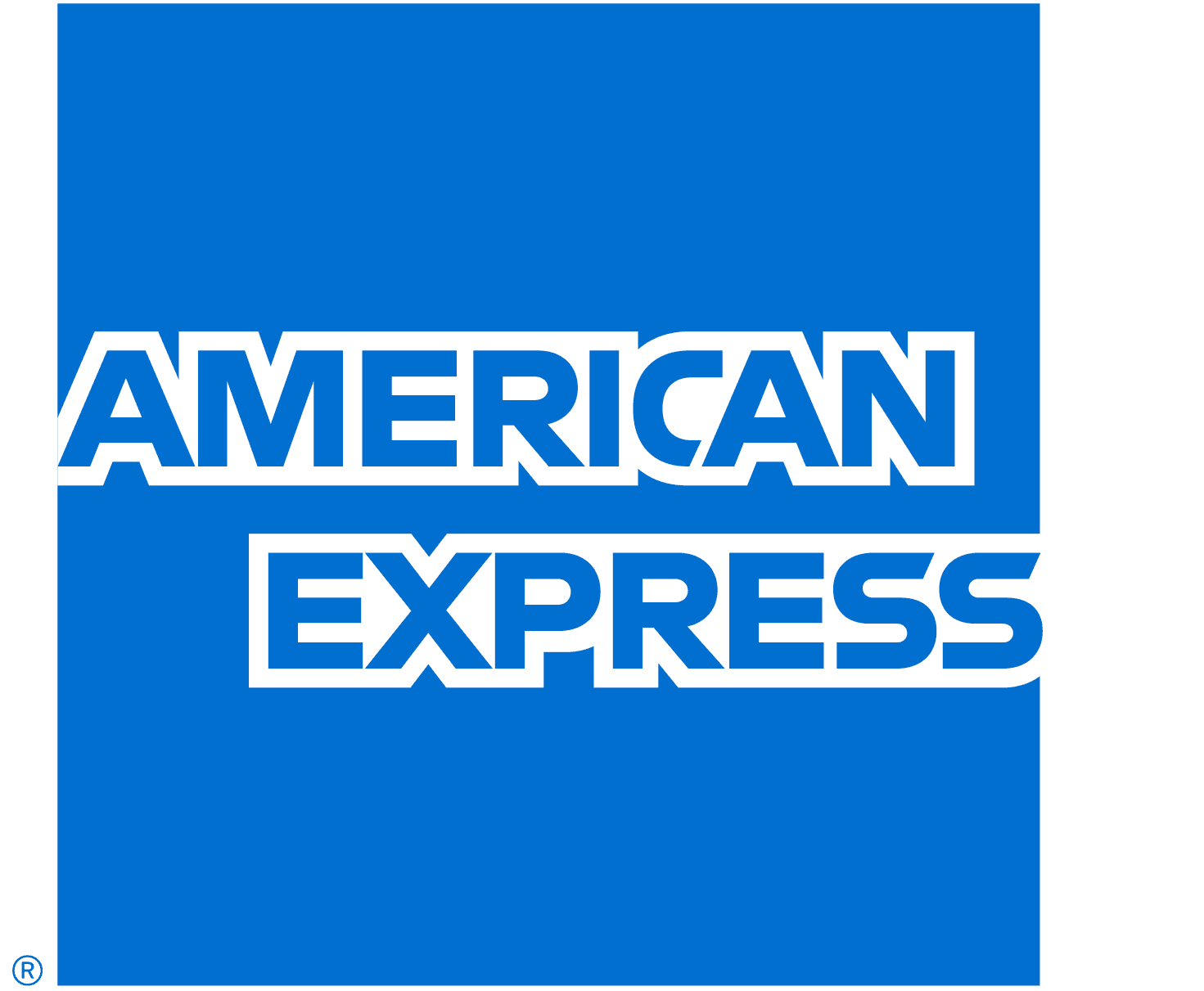5 ways your business can keep cash flow strong now JobKeeper is gone

Don't let the death of JobKeeper disrupt your business. Take a look at our expert cash flow tips.
 Sponsored by the American Express Qantas Business Rewards Card. Receive 130,000 bonus Qantas Points when you apply by 13 January 2026 and spend $3,000 on eligible purchases within the first 2 months. Available only to new American Express Card Members. T&Cs apply.
Sponsored by the American Express Qantas Business Rewards Card. Receive 130,000 bonus Qantas Points when you apply by 13 January 2026 and spend $3,000 on eligible purchases within the first 2 months. Available only to new American Express Card Members. T&Cs apply.
JobKeeper threw a much-needed lifeline to thousands of Australian businesses during COVID-19, helping with cash flow and relieving financial pressure.
In fact, the recent American Express SME Recovery Survey shows just how much small businesses relied on the supplement. In the survey of 1,009 SME (small-to-medium enterprise) leaders, more than half (55%) said JobKeeper was helpful or vital to keeping their business afloat during the pandemic.
Now that it's gone, many small business owners face possible cash flow problems. However, there are still plenty of ways to overcome this latest challenge and keep the money moving.
Forecast your cash flow
Simply put, a cash flow forecast is an estimate of how much money you expect to flow in and out of your business over a set period of time.
"Mapping out a cash flow forecast on a week-by-week basis will not only help the business owner to understand what their financial commitments are, but it also highlights just how much revenue they need," said financial educator Amanda Fisher.
By looking at these numbers, it becomes clear whether a business needs to cut costs in order to keep running. Unfortunately, that may mean letting go of staff, or economising elsewhere.
Know your "break even" revenue figure
Just as important as forecasting your cash flow is understanding your break even figure. That's the amount of income needed to pay all the costs of the business each month.
"In this case, I'd add in your payments to the ATO (for GST and PAYG withholding), credit card payments and loan repayments, as well as expenses of the business," suggested Fisher. "So this is break even to keep the doors open, rather than to simply cover expenses."
Use technology to your advantage
There are countless programs that can help small businesses stay on top of invoicing, better manage expenses and keep a close eye on cash flow.
Platforms such as MYOB and Quicken can save business owners time and money, while also giving them more advanced reporting capabilities. Depending on what software you choose, you may be able to integrate your bank account, your POS system and certain credit or charge cards, including American Express.
"Technology can help solve some key challenges for businesses scaling, such as helping with cash flow, people management, inventory and payroll," said Chris McComb, MYOB's subject matter expert for Small Business Accounting. "Underpinning a business's operations with technology is key to growth."
Use your business card as a cash flow tool
Credit cards and charge cards can be a lifesaver for small businesses struggling with cash flow. Not only can they give business owners access to additional funds, but some even offer members a number of weeks to pay for purchases.
For example, the American Express Qantas Business Rewards card offers up to 51 days to pay for purchases. This is a great way to create a buffer if you need to pay for goods or services before you bill your own customer.
The card also comes with no pre-set spending limits, giving greater flexibility to businesses and support if you incur sudden expenses. Be aware though, this doesn't mean you've got free rein. Purchases are approved based on a few different factors, including your typical spending habits, payment history, and credit records.
Of course, you'll also have to make regular repayments and pay close attention to fees. But in general, credit and charge cards can help free up cash in the short term.
Build a cash stash
Incredibly, the SME Recovery Survey found that 35% of SMEs have less than $5,000 in savings. While it can be difficult to build a reserve, Cash Flow Queen Amanda Fisher says it should be a key priority for businesses.
"Ideally, a business should have enough money in the bank account for 3-6 months of expenses," she told Finder. "For businesses that don't have any cash reserves, starting to build up a balance is essential. The first goal should be to get one months' expenses in a separate bank account."
According to Fisher, there are two main benefits to having a stash of cash. Firstly, businesses will have funds to fall back on if they need them, but secondly, it removes the stress of worrying about how to pay the bills.
"There's a psychological shift that occurs when a business has money in the bank," she said. "I've seen it time and time again, once there's some money in the bank account that is more than is needed to pay the costs, the owner is able to focus on building the business, providing great customer service, seeking out new customers or opportunities, and being creative and positive about the future."

